Core Java for the Impatient, 4th Edition 289926
Код товару: 289926Паперова книга
-
ISBN9780135404546
-
Бренд
-
Автор
-
Рік2025
-
МоваАнглійська
-
ІлюстраціїЧорно-білі
Book description
Modern Java introduces major enhancements that impact the core Java technologies and APIs at the heart of the Java platform. Many old Java idioms are no longer needed, and new features and programming paradigms can make you far more effective. However, navigating these changes can be challenging.
Core Java for the Impatient, Fourth Edition, is a complete yet concise guide that reflects all changes through Java SE 21, Oracle's latest Long-Term Support (LTS) release. Written by Cay S. Horstmann--author of the classic two-volume Core Java--this indispensable tutorial offers a faster, easier pathway for learning modern Java.
Horstmann covers everything working developers need to know, including the powerful concepts of lambda expressions and streams, modern constructs such as records and sealed classes, and sophisticated concurrent programming techniques. Given the size and scope of Java 21, there's plenty to cover, but it's presented in small chunks organized for quick access and easy understanding, with plenty of practical insights and sample code to help you quickly apply all that's new.
- Test code as you create it with JShell
- Improve your object-oriented design with records and sealed classes
- Effectively use text blocks, switch expressions, and pattern matching
- Understand functional programming with lambda expressions
- Streamline and optimize data management with the Streams API
- Use structured techniques, threadsafe data structures, and virtual threads for effective concurrent programming
- Work with the modularized Java API and third-party modules
- Take advantage of API improvements for working with collections, input/output, regular expressions, and processes
Whether you're an experienced developer just getting started with modern Java, or have been programming with Java for years, this guide will help you write more robust, efficient, and secure Java code.
1'800 ₴
Купити
Monobank
от 202 ₴ / міс.
до 10 платежей
Покупка частинами Monobank
₴ / місяць
Для використання функції «Покупка частинами» необхідно мати картку Monobank.
Розділивши оплату на певну кількість платежів (від 3 до 10),
ви платите лише одну частину. Решта – раз на місяць списуватиметься з вашої карти.
Послуга може бути використана при замовлення на суму від 600 грн.
Увага! При покупці частинами знижки на товари не враховуються.
Щоб скористатися цією функцією, додайте в кошик товарів на суму від 600 грн.
На сторінці оформлення замовлення вкажіть спосіб оплати «Покупка частинами Monobank». Підтвердьте покупку у програмі Monobank.
-
Нова ПоштаБезкоштовно від
3'000,00 ₴ -
УкрпоштаБезкоштовно від
1'000,00 ₴ -
Meest ПоштаБезкоштовно від
3'000,00 ₴
Характеристики
- Бренд
- Автор
- КатегоріяПрограмування
- Номер видання4-е вид.
- Рік2025
- Сторінок512
- Формат165х235 мм
- ОбкладинкаМ'яка
- Тип паперуОфсетний
- МоваАнглійська
- ІлюстраціїЧорно-білі
Від видавця
Book description
Modern Java introduces major enhancements that impact the core Java technologies and APIs at the heart of the Java platform. Many old Java idioms are no longer needed, and new features and programming paradigms can make you far more effective. However, navigating these changes can be challenging.
Core Java for the Impatient, Fourth Edition, is a complete yet concise guide that reflects all changes through Java SE 21, Oracle's latest Long-Term Support (LTS) release. Written by Cay S. Horstmann--author of the classic two-volume Core Java--this indispensable tutorial offers a faster, easier pathway for learning modern Java.
Horstmann covers everything working developers need to know, including the powerful concepts of lambda expressions and streams, modern constructs such as records and sealed classes, and sophisticated concurrent programming techniques. Given the size and scope of Java 21, there's plenty to cover, but it's presented in small chunks organized for quick access and easy understanding, with plenty of practical insights and sample code to help you quickly apply all that's new.
- Test code as you create it with JShell
- Improve your object-oriented design with records and sealed classes
- Effectively use text blocks, switch expressions, and pattern matching
- Understand functional programming with lambda expressions
- Streamline and optimize data management with the Streams API
- Use structured techniques, threadsafe data structures, and virtual threads for effective concurrent programming
- Work with the modularized Java API and third-party modules
- Take advantage of API improvements for working with collections, input/output, regular expressions, and processes
Whether you're an experienced developer just getting started with modern Java, or have been programming with Java for years, this guide will help you write more robust, efficient, and secure Java code.
Зміст
Тable of contents
Preface
Acknowledgments
1. Fundamental Programming Structures
1.1. Our First Program
1.2. Primitive Types
1.3. Variables
1.4. Arithmetic Operations
1.5. Strings
1.6. Input and Output
1.7. Control Flow
1.8. Arrays and Array Lists
1.9. Functional Decomposition
Exercises
2. Object-Oriented Programming
2.1. Working with Objects
2.2. Implementing Classes
2.3. Object Construction
2.4. Records
2.5. Static Variables and Methods
2.6. Packages
2.7. Nested Classes
2.8. Documentation Comments
Exercises
3. Interfaces and Lambda Expressions
3.1. Interfaces
3.2. Static, Default, and Private Methods
3.3. Examples of Interfaces
3.4. Lambda Expressions
3.5. Method and Constructor References
3.6. Processing Lambda Expressions
3.7. Lambda Expressions and Variable Scope
3.8. Higher-Order Functions
3.9. Local and Anonymous Classes
Exercises
4. Inheritance and Reflection
4.1. Extending a Class
4.2. Inheritance Hierarchies
4.3. Object: The Cosmic Superclass
4.4. Enumerations
4.5. Pattern Matching
4.6. Runtime Type Information and Resources
4.7. Reflection
Exercises
5. Exceptions, Assertions, and Logging
5.1. Exception Handling
5.2. Assertions
5.3. Logging
Exercises
6. Generic Programming
6.1. Generic Classes
6.2. Generic Methods
6.3. Type Bounds
6.4. Type Variance and Wildcards
6.5. Generics in the Java Virtual Machine
6.6. Restrictions on Generics
6.7. Reflection and Generics
Exercises
7. Collections
7.1. An Overview of the Collections Framework
7.2. Iterators
7.3. Sets
7.4. Maps
7.5. Other Collections
7.6. Views
Exercises
8. Streams
8.1. From Iterating to Stream Operations
8.2. Stream Creation
8.3. The filter, map, and flatMap Methods
8.4. Extracting Substreams and Combining Streams
8.5. Other Stream Transformations
8.6. Simple Reductions
8.7. The Optional Type
8.8. Collecting Results
8.9. Collecting into Maps
8.10. Grouping and Partitioning
8.11. Downstream Collectors
8.12. Reduction Operations
8.13. Primitive Type Streams
8.14. Parallel Streams
Exercises
9. Processing Input and Output
9.1. Input/Output Streams, Readers, and Writers
9.2. Paths, Files, and Directories
9.3. HTTP Connections
9.4. Regular Expressions
9.5. Serialization
Exercises
10. Concurrent Programming
10.1. Concurrent Tasks
10.2. Thread Safety
10.3. Threadsafe Data Structures
10.4. Parallel Algorithms
10.5. Asynchronous Computations
10.6. Atomic Counters and Accumulators
10.7. Locks and Conditions
10.8. Threads
10.9. Processes
Exercises
11. Annotations
11.1. Using Annotations
11.2. Defining Annotations
11.3. Annotations in the Java API
11.4. Processing Annotations at Runtime
11.5. Source-Level Annotation Processing
Exercises
12. The Java Platform Module System
12.1. The Module Concept
12.2. Naming Modules
12.3. The Modular “Hello, World!” Program
12.4. Requiring Modules
12.5. Exporting Packages
12.6. Modules and Reflective Access
12.7. Modular JARs
12.8. Automatic Modules
12.9. The Unnamed Module
12.10. Command-Line Flags for Migration
12.11. Transitive and Static Requirements
12.12. Qualified Exporting and Opening
12.13. Service Loading
12.14. Tools for Working with Modules
Exercises
Index
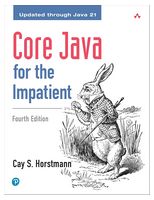
Core Java for the Impatient, 4th Edition
1'800 ₴




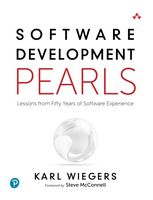
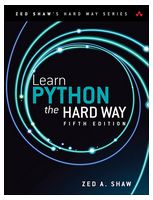








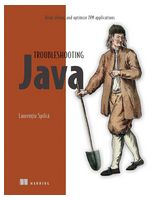
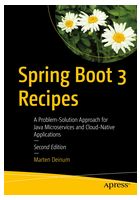
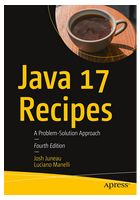
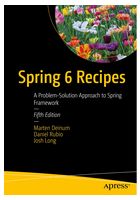


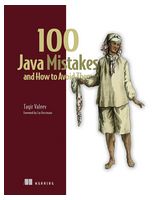


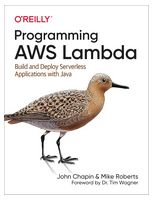
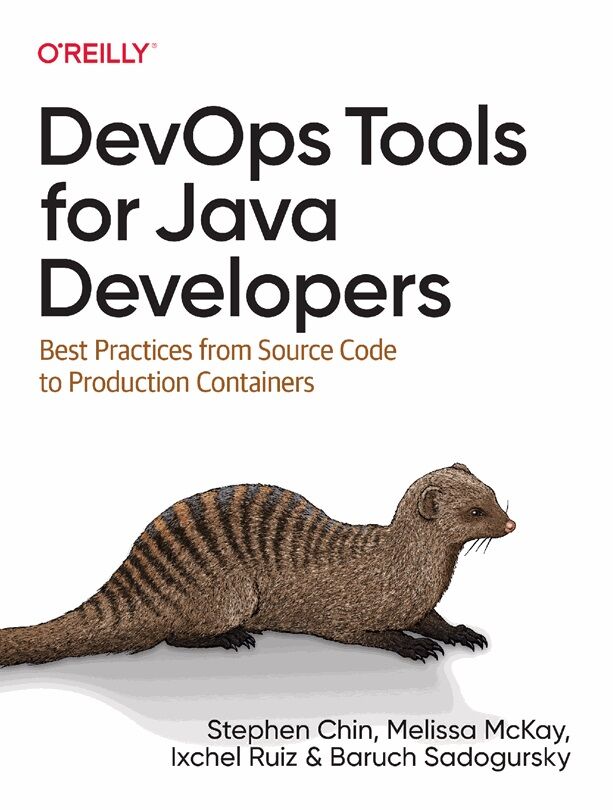

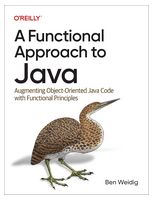
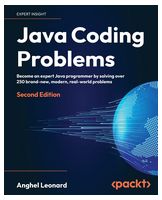
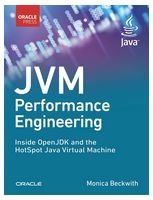
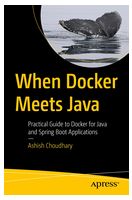

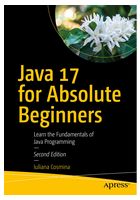

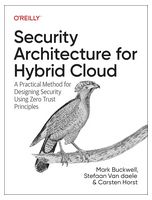
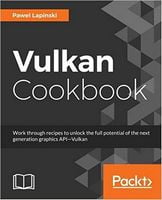





Відгуки про Core Java for the Impatient, 4th Edition